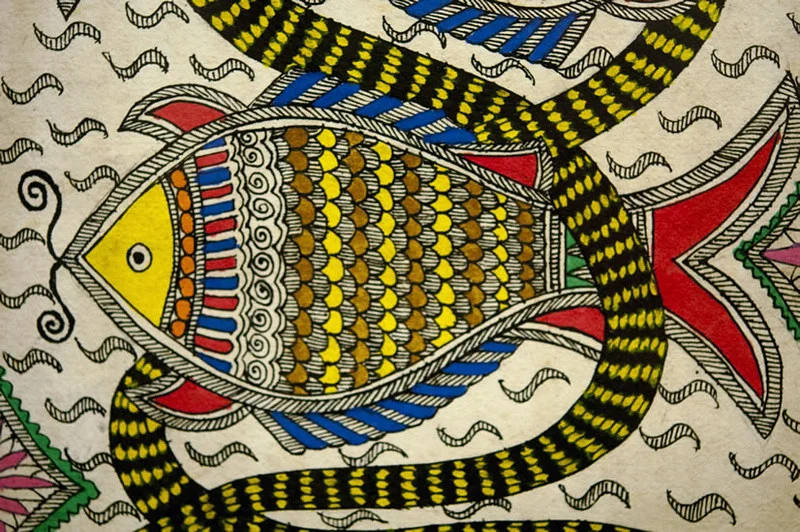Is Ratan Tata’s legacy truly as inspiring as it seems?
Is Ratan Tata’s legacy truly as inspiring as it seems?
Read lessSign up to our innovative Q&A platform to pose your queries, share your wisdom, and engage with a community of inquisitive minds.
Log in to our dynamic platform to ask insightful questions, provide valuable answers, and connect with a vibrant community of curious minds.
Forgot your password? No worries, we're here to help! Simply enter your email address, and we'll send you a link. Click the link, and you'll receive another email with a temporary password. Use that password to log in and set up your new one!
Please briefly explain why you feel this question should be reported.
Please briefly explain why you feel this answer should be reported.
Please briefly explain why you feel this user should be reported.
Is Ratan Tata’s legacy truly as inspiring as it seems?
Is Ratan Tata’s legacy truly as inspiring as it seems?
Read lessWith reference to ancient India, consider the following statements: [2023] 1. The concept of Stupa is Buddhist ...Read more
With reference to ancient India, consider the following statements: [2023]
1. The concept of Stupa is Buddhist in origin.
2. Stupa was, generally, a repository of relics.
3. Stupa was a votive and commemorative structure in Buddhist tradition.
Let's review the statements: The concept of Stupa is Buddhist in origin – This statement is incorrect. The tradition of building funerary mounds existed before Buddhism, though stupas became closely associated with Buddhist architecture and practices. Stupa was, generally, a repository of relics – TRead more
Let’s review the statements:
Corrected Answer:
Only two statements are correct.
See lessWhat is the origin and significance of Madhubani art, and what are its key characteristics and themes?
What is the origin and significance of Madhubani art, and what are its key characteristics and themes?
Read lessMadhubani art, also known as Mithila painting, is a traditional folk-art form that originated in the Mithila region of Bihar, India, and Nepal. The name "Madhubani" means "forest of honey" in Hindi, which reflects the lush greenery of the region. [caption id="" align="aligncenter" width="800"] SourcRead more
Madhubani art, also known as Mithila painting, is a traditional folk-art form that originated in the Mithila region of Bihar, India, and Nepal. The name “Madhubani” means “forest of honey” in Hindi, which reflects the lush greenery of the region.

Source: Flickr
Madhubani art has a rich history that dates back to ancient times. It is believed to have originated during the time of the Ramayana, when King Janaka, the ruler of Mithila, commissioned artists to create paintings for his daughter Sita’s wedding to Lord Rama. Traditionally, this art was practiced by women of the region as a domestic ritual, and the skills were passed down through generations. The art remained confined to the walls and floors of homes until the 1960s when it gained wider recognition and started being done on paper and canvas for commercial purposes.
Madhubani art holds significant cultural and religious value. It is deeply intertwined with local festivals, ceremonies, and rituals. These paintings are often created during important life events such as births, marriages, and religious festivals, serving both as a form of storytelling and a means to invoke blessings from the deities. The art form also reflects the close relationship between the people of Mithila and nature.
Madhubani art is a vibrant and intricate form of expression that encapsulates the cultural heritage and traditional values of the Mithila region. Its unique style, rich symbolism, and deep connection to rituals and nature make it a significant art form in Indian folk culture.
See less

Ratan Tata is widely celebrated as one of India’s most respected and influential business leaders, and much of his reputation is grounded in his unique approach to business and philanthropy. His contributions extend beyond profitability, impacting areas like social welfare, ethics, and national pridRead more
Ratan Tata is widely celebrated as one of India’s most respected and influential business leaders, and much of his reputation is grounded in his unique approach to business and philanthropy. His contributions extend beyond profitability, impacting areas like social welfare, ethics, and national pride, which is why he’s often held in high regard. However, the narrative of greatness often simplifies complex realities. Here are some nuanced aspects to consider:
1. Corporate Acquisitions and Globalization
2. Commitment to Ethics and Integrity
3. Philanthropy and Social Initiatives
4. The Tata Nano Experiment
5. Personal Values and Legacy
Balanced View
Ratan Tata’s reputation is based on genuine contributions to India’s economy and society, although, like any leader, he faced challenges and controversies. His legacy is complex, encompassing both the achievements and the lessons learned from his ambitions.
See less